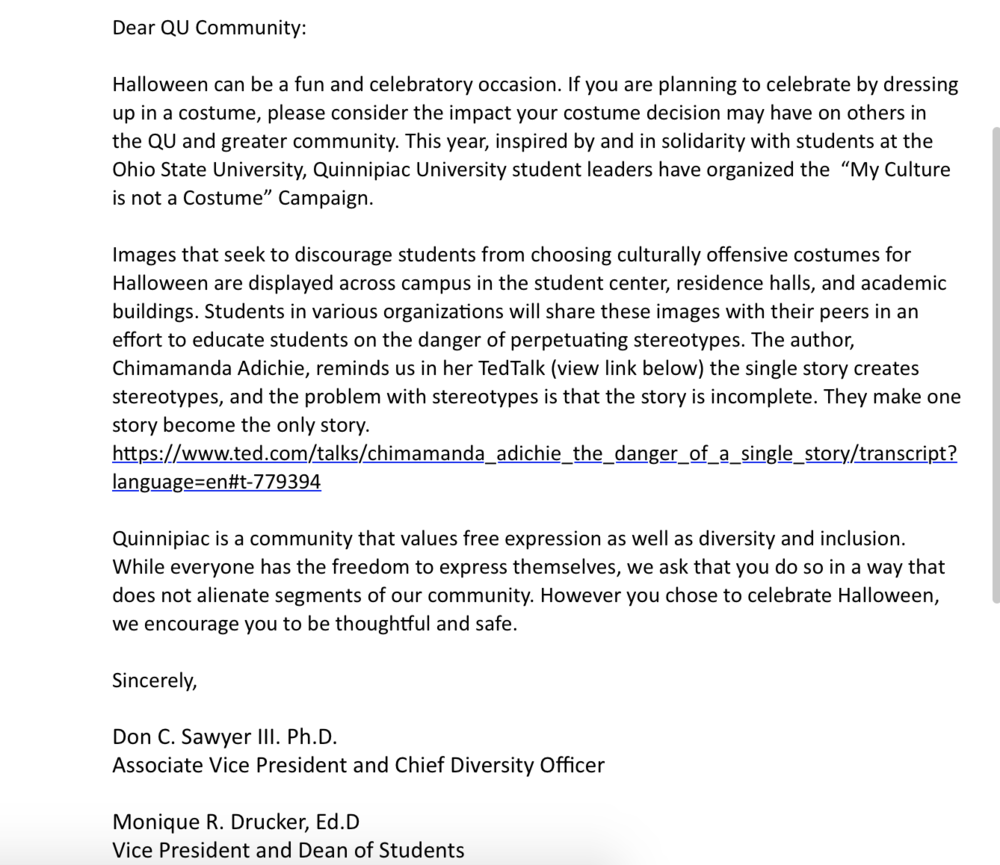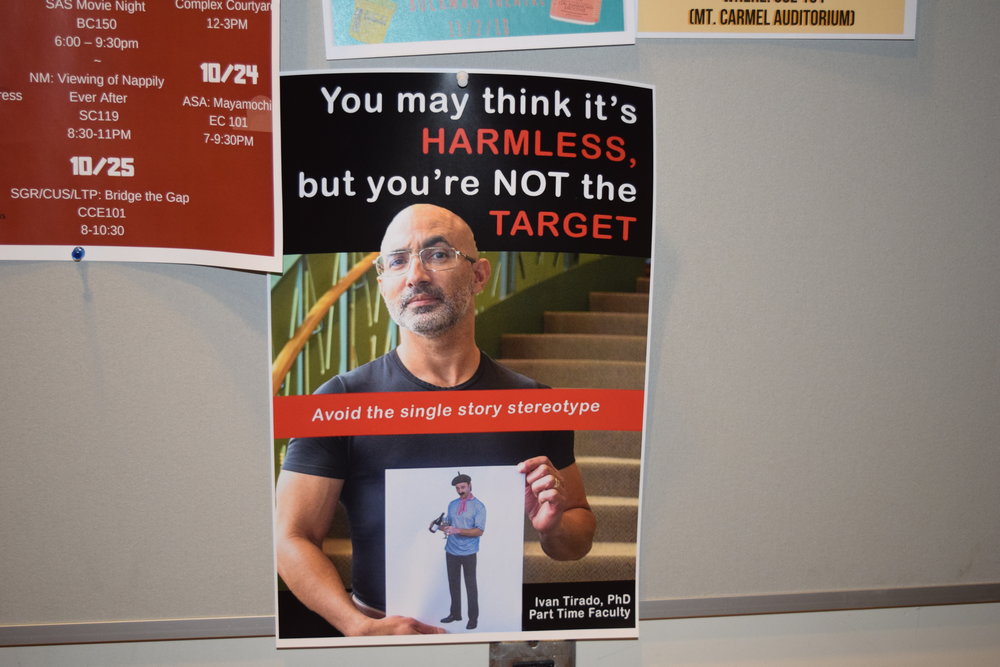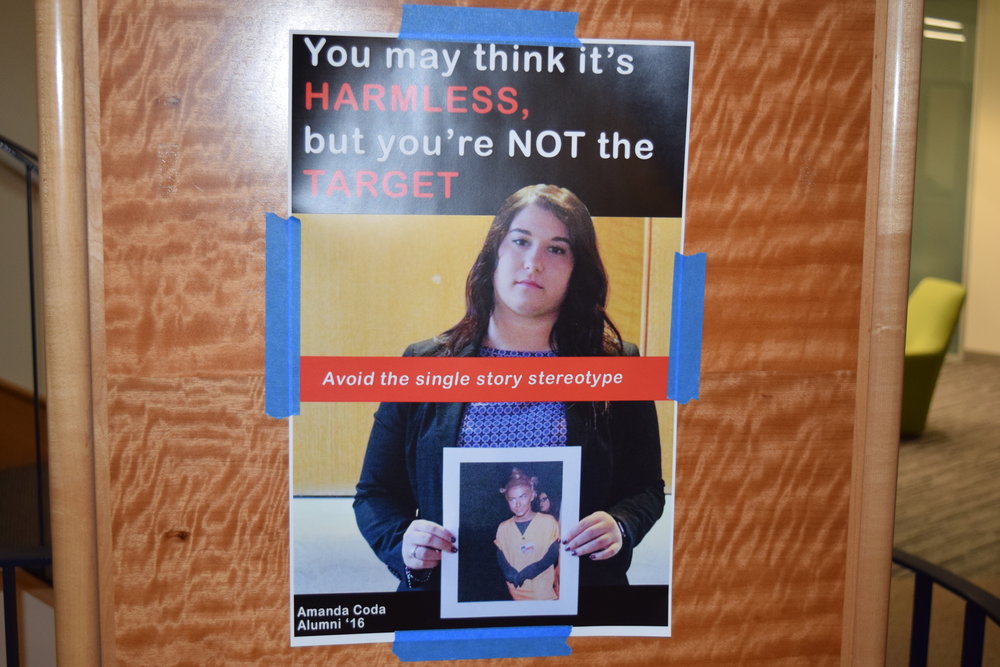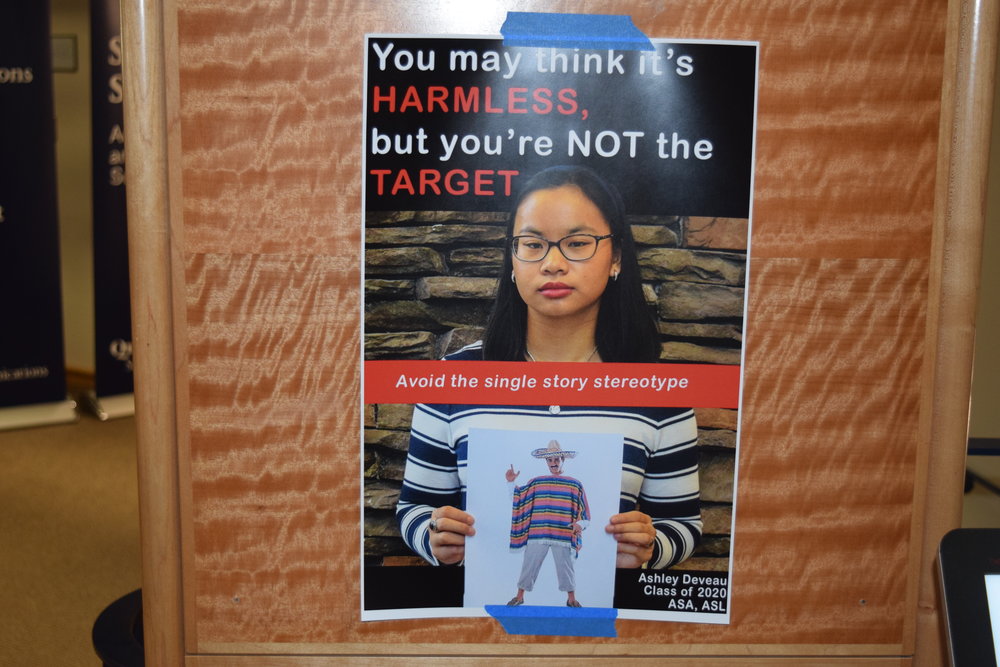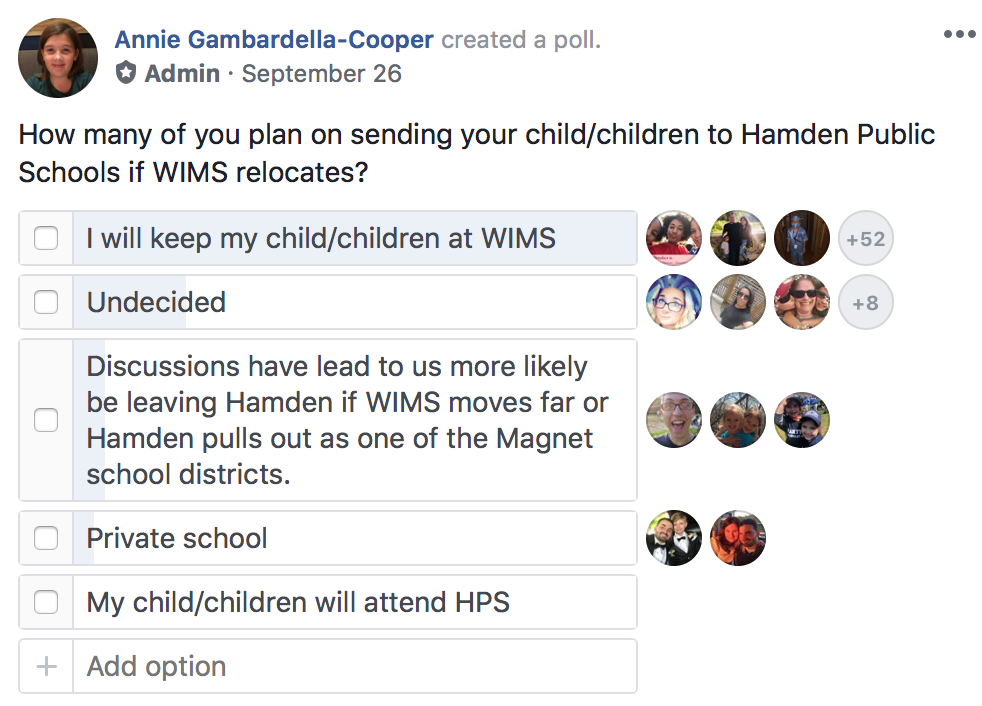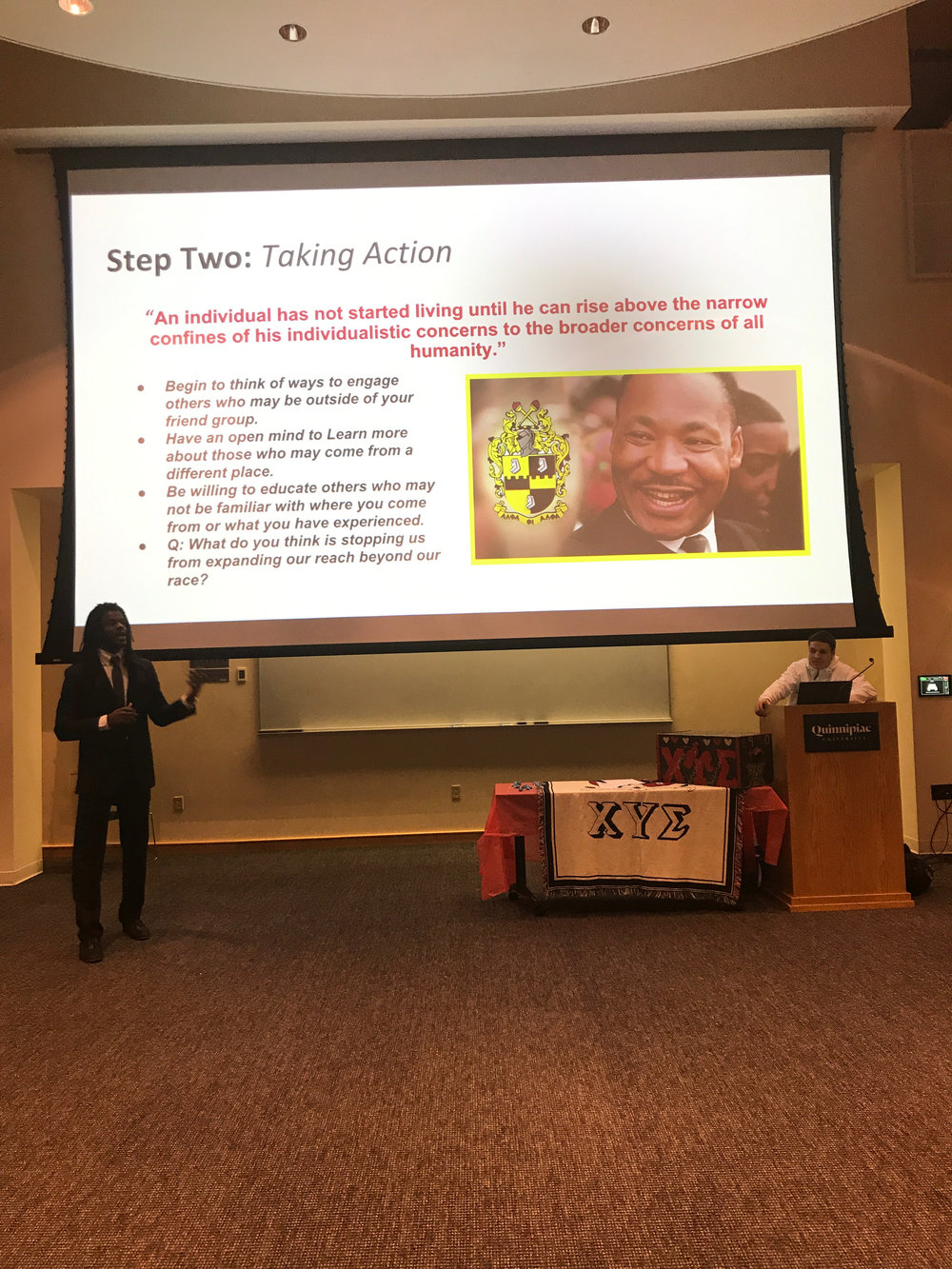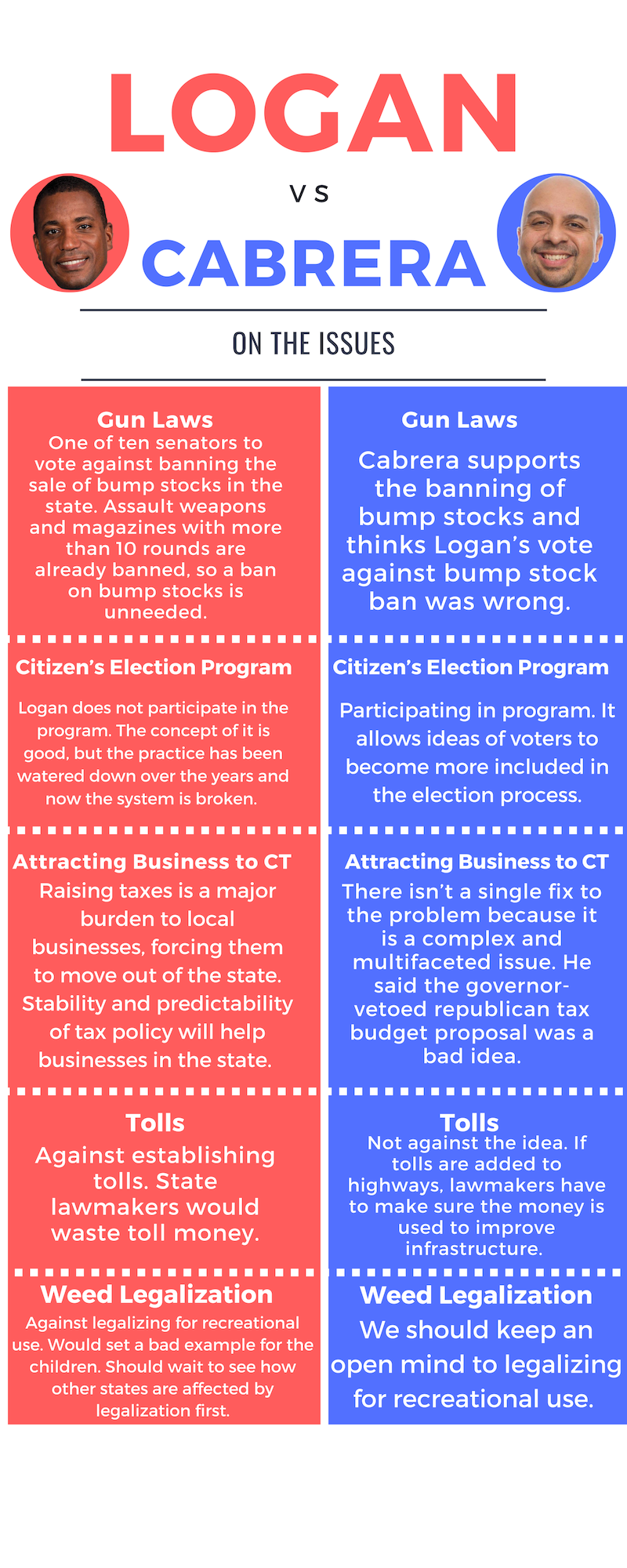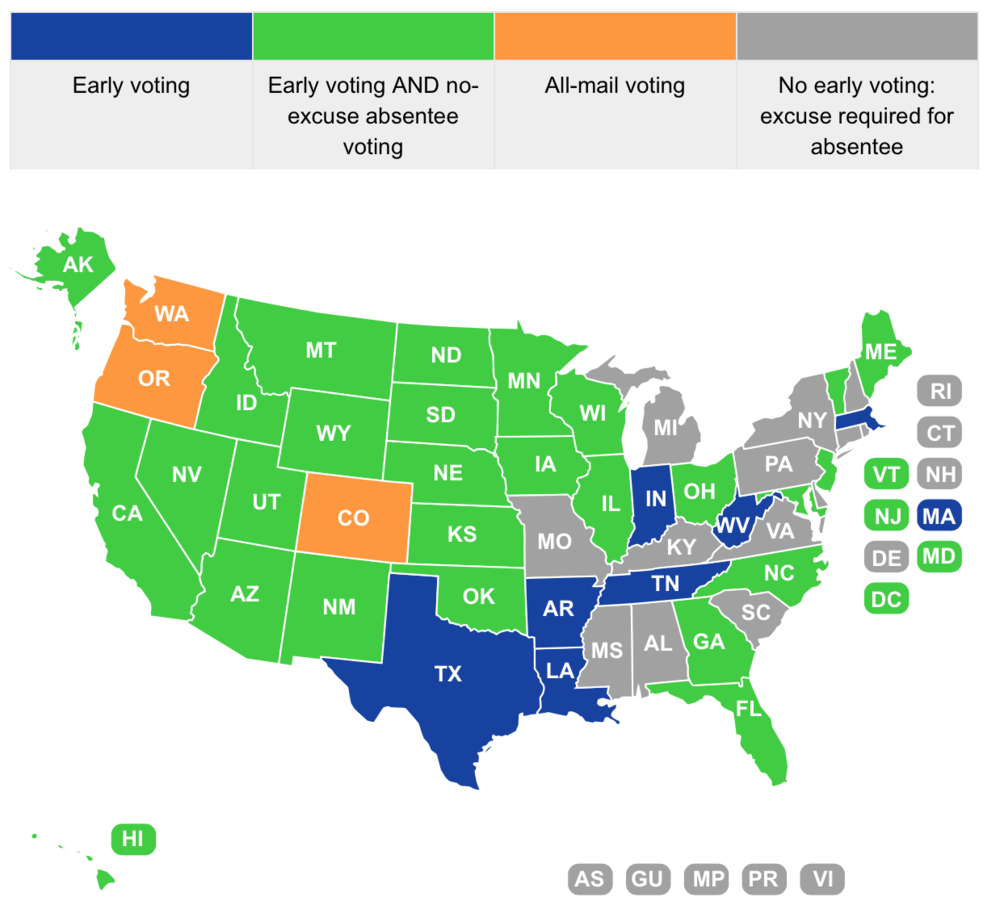By Taylor Giangregorio and Amanda Perelli
In efforts to save money and improve schools, the Hamden Board of Education is planning on redistricting, moving sixth graders into middle schools, and buying the Wintergreen Interdistrict Magnet School building to improve public school programs.
John Fitzpatrick, from New Haven, has two children who go to Wintergreen Interdistrict Magnet School, which his children may not be attending if the Hamden Board of Education and Town decide on taking the building back.
Fitzpatrick picked Wintergreen for its excellent reputation.
“The purpose of it is to bring together kids from many different municipalities and the rationale behind that is if you have a school like that rather than the neighborhood schools, it is better for everybody,” Fitzpatrick said.
“Strictly neighborhood schools tend to be racially segregated because neighborhoods tend to be segregated. If you have a school like Wintergreen that draws from many different areas and racially integrated than everybody seems to benefit.”
The problem is that the property where the school building sits, on Wintergreen Ave., is owned by the Town of Hamden. The town leases the property to a program called Area Cooperative Educational Services (ACES) and Hamden is now considering taking the building back to use for their own public schools.
“We did not know at the time [of choosing this school] that the school building is not owned by ACES,” Fitzpatrick said.
Fitzpatrick believes that Hamden wants the building back because they have budget problems and a declining school enrollment. If they take back the building they will not only have an additional building in good condition, but more students placed back in their system.
The Board of Education receives an average one percent increase in budget on an annual basis. Christopher Daur, chairperson of the board of education, is working on consolidation to save money and regain an interracial balance in Hamden schools.
“We have no financial control over these interdistrict magnet schools and we can only just pay the bill. We get an average of a little over one percent a year, and they were looking at five percent, upwards to eight percent, increases a year. That creates a real budget strain for us, because we just can’t afford that,” said Daur. “The agreement we made with the predecessor to ACES twenty years ago was that they would operate Wintergreen and they, at that point in time, paid for the improvements necessary to improve the school. Those twenty years are up, and the town is looking at it as a financial asset to see if that’s the best way to go for the town.”
Hamden has to pay ACES for every Hamden student that attends Wintergreen.
“We think [Wintergreen] is a great school and we want our kids to keep going there,” Fitzpatrick said. “We want the school to remain as it is and remain where it is. So we have been attending board of [education] meetings, writing letters and making phone calls and taking surveys and making signs and wearing T-shirts to convince the board of ed that Wintergreen should stay in Hamden and that Hamden should stay a member of the partnership.”
Daur said, “We are committed to education the children that go to Wintergreen. The model at this point, with the way that the state has done funding, creates a lot of issues. They have dramatically decreased the funding to these interdistrict magnet schools and with that the district magnet schools have cut back on their program.”
Fitzpatrick is unsure of where he will send his children if Hamden plans to take the building.
“ACES has ensured us that the school will continue even if it is not in that building, so if Hamden decides to take the building than ACES will have to find another home for Wintergreen starting next september,” Fitzpatrick said.
Wintergreen is a K-8 school with over 600 students from partner districts in Connecticut. The school has partnerships with Hamden, Meriden, New Haven, Wallingford and Woodbridge. Children are accepted into the school through a lottery system.
“In looking at this vision, it was a financial and a balancing issue. We couldn’t really come up with a plan that everybody liked because some of these are very hard decisions to make. We took a step back and said, ‘well, how do we envision the school district going forward for the next 20 years?,” Daur said.
Hamden’s “3R Initiative: Rethink Restructure Results” includes five goals to improve the school district. Hamden is planning on moving the sixth grade from elementary to middle schools, creating a possibility of closing two elementary schools to consolidate and improve resources and programming.
“We’ve had four public meetings in the last month in and a half, we have a workshop scheduled for monday. We’re putting the word out of what we’re trying to do. We’re being as transparent as possible, and we’ve got quite a bit of feedback from parents and internalizing that, using all that information to make our best decision and encouraging the board members to speak their opinions, to digest the information, and make the best choice possible,” said Daur.
“Right now, the implementation of this redistricting would be most probably in September of 2021, two years away.”
